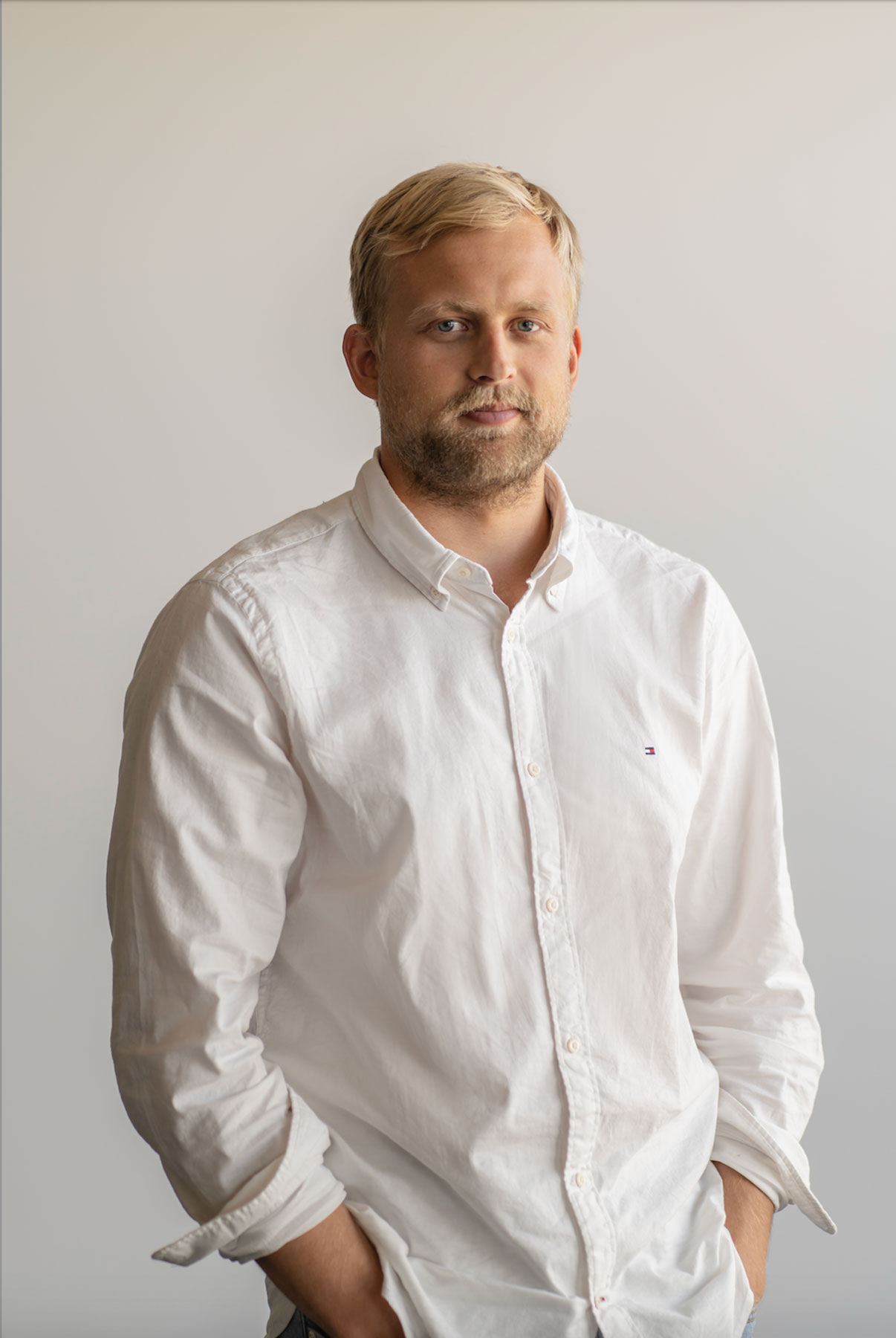Interview with Bartosz Bykowski from Poland

Interview with Hanyue Song from United States
September 14, 2023
Interview with Reka Csulak of Three Pod Studio from Finland
September 15, 2023
Bartosz Bykowski | London Design Awards
Bartosz Bykowski
Bartosz Bykowski is the driving force behind the Sustainable-first & Custom-fit Furniture project for Home & Office. With a background in furniture design from the Academy of Fine Arts in Warsaw and a history of collaboration with top European manufacturers, he brings expertise in aesthetics, functionality, and market trends.
Interview With The 2023 London Design Awards Winner – Bartosz Bykowski
I’m Bartosz Bykowski and I am the driving force behind the project of Sustainable-first & Custom-fit Furniture for Home & Office. I have a background in furniture design from the Academy of Fine Arts in Warsaw and I have collaborated with leading European manufacturers, showcasing my keen eye for aesthetics, functionality and market trends.
I have honed my skills through hands-on work in a carpentry shop, gaining practical insights into furniture production. Proficient in 3D modelling, Bartosz utilises this tool to visualise and refine his creations. His passion for sustainable design and leadership have played a crucial role in the success of the award-winning green concept - Space System, reflecting his commitment to aesthetics and environmental consciousness.
I chose to become a designer because I have a strong sense of aesthetics and find satisfaction in creating well-designed forms. In a digital world, I appreciate the tangible nature of physical products and the joy they bring. Additionally, I was driven to fill a gap in industrial design where the focus often lies solely on form, neglecting production technology, construction and engineering, product circularity, and functionality and real customer needs.
By combining my passion for aesthetics with a commitment to addressing these shortcomings, I embarked on a journey as a designer. It allows me to channel my creativity into meaningful, sustainable, and customer-centric designs that enhance people's lives.
few. is a furniture brand dedicated to create environmentally friendly and innovative solutions. Our mission is to disrupt traditional approaches to furniture design, purchase, usage, and disposal. We offer storage solutions, shelving, and dining and side tables that enhance spaces while minimising environmental impact.
Our team challenges conventional norms and strives to harmonise functionality, aesthetics, and sustainability in our designs. We aim to provide customers with a unique and fulfilling experience that improves their living or working spaces while making a positive environmental contribution. At few., we are committed to revolutionising the furniture industry through our innovative and sustainable designs.
To me, "design" primarily encompasses the intellectual process of delivering a valuable solution to the user or customer while considering various business and technological constraints. It goes beyond the visual aesthetics and involves a thoughtful approach to problem-solving and creating meaningful experiences. Design is about understanding the needs and desires of the end-user, and finding innovative ways to address them effectively.
Design also involves striking a balance between form and function, ensuring that the solution not only looks visually appealing but also serves its intended purpose seamlessly. It requires considering factors such as usability, accessibility, and the overall user journey. Additionally, design takes into account the practical limitations and requirements imposed by the business and technological aspects, such as budget, resources, and technical feasibility.
In essence, design is a holistic process that combines creativity, empathy, problem-solving, and a deep understanding of both user and business needs.
My favourite kind of design is a "healthy" one. It optimises form, function, production cost, and sustainability without bias towards any particular methodology. It focuses on achieving visually appealing and harmonious forms while addressing user needs. It also considers production costs and feasibility, aiming for efficient manufacturing.
Moreover, a healthy design prioritises sustainability by using sustainable materials and designing for recyclability or reusability. By integrating these aspects, it achieves a well-rounded balance between form, function, cost, and sustainability.
To me, a "good" design is one that brings maximum value to all stakeholders involved. It goes beyond aesthetics and functionality, encompassing the broader impact and benefits that the design offers. A good design addresses the needs and desires of users, providing a seamless and enjoyable experience. It considers the business objectives, ensuring that the design aligns with the organisation's goals and generates positive outcomes.
Additionally, a good design takes into account societal and environmental factors, aiming to make a positive impact on a larger scale. It promotes sustainability, inclusivity, and ethical practices. Ultimately, a good design is a thoughtful and well-rounded solution that brings significant value to users, businesses, and the broader community.
The idea for our award-winning design emerged from the challenge of creating a customised bookshelf system for efficient serial manufacturing. We wanted to meet the demands of customers who seek custom-made solutions delivered quickly. Our added innovation is the adaptability to changing needs and durability to withstand transport and assembly.
This makes it ideal for a circular economy model, ensuring it finds new homes rather than ending up in landfills—a rarity for custom-made solutions. Through research and iteration, we achieved a balance between customisation and efficiency, resulting in our award-winning design. It empowers users to personalise their storage solutions while ensuring scalable production.
I found inspiration in the sleek and sturdy structures created with aluminium and steel wireframe in architecture and industrial settings. Designing a modular architecture where each pre-fabricated component of the building construction is an independent piece that can create endless possibilities was a guiding principle.
Additionally, I considered the mobility and fast-paced lifestyle of modern customers, addressing their needs while also prioritising the creation of well-designed products that are not single-use, aligning with our planet's sustainability needs.
During the design process of this project, we faced challenges in balancing construction constraints, functionality and design aesthetics. As the project is still in the R&D phase, finding a compromise was crucial. We fostered open communication between the design and mechanical engineering teams, engaging in iterative prototyping and testing.
Incorporating feedback from stakeholders, including users and industry experts, allowed us to refine the design. Through collaborative efforts and a commitment to finding innovative solutions, we successfully overcame these challenges. The ongoing dialogue and iterative approach helped us strike the right balance between construction constraints, functionality, and design objectives.
My top three favourite things about the design industry are:
1. The physicality it offers in a world that is increasingly digital and dematerialised. Being able to create tangible and visually pleasing objects is immensely satisfying and adds a sense of substance and connection to the design process.
2. The simple pleasure of interacting with well-designed and high-quality materials. The tactile experience of engaging with thoughtfully crafted objects brings joy and enhances the overall user experience.
3. The opportunity to make a lasting impact on people's lives through design. Design has the power to improve functionality, solve problems, and enhance the way people interact with their environment. Being part of this transformative process and creating meaningful solutions is incredibly fulfilling.
What sets our design apart from others in the same category is the unique combination of features. We have successfully integrated serial manufacturing and instant delivery with a high level of customisation.
Unlike traditional furniture, our design is reconfigurable, allowing for versatile use and longevity. While other products may have limited customisation options and shorter lifespans, our design offers a sustainable and adaptable solution that can endure beyond the initial cycle. This distinctive combination of customisation, serial manufacturing, and longevity sets our design apart, providing users with a truly innovative and sustainable furniture solution.
Over the next 5-10 years, I anticipate the design industry evolving in areas such as purchase models, customer service, and the integration of AI. We can expect to see a shift towards sustainable and ethical purchase models, emphasising circular economy principles. Customer service will become more personalised and digitally-driven, providing seamless experiences.
Furthermore, the integration of AI will advance, aiding designers in generating insights and optimising designs. Overall, the industry will prioritise sustainability, customer-centric approaches, and leverage AI's potential to streamline processes and enhance innovation in design.
My advice for aspiring designers who want to create award-winning designs is to prioritise understanding the needs of the user, the payer, and the business stakeholders. Take a holistic approach by thoroughly researching and empathising with the target audience to identify their pain points and desires.
Consider the business goals and constraints to ensure alignment and viability. By focusing on these aspects, you can create designs that not only meet user needs but also address business objectives effectively. Remember, a successful design is one that harmonises user satisfaction, business viability, and overall impact.
I would recommend engaging in writing as a resource to improve skills in the design industry. Writing helps to develop a deeper understanding of the surrounding world and the design process. It allows for reflection, critical thinking, and the ability to articulate ideas effectively.
By documenting thoughts, experiences, and design concepts, individuals can refine their skills, gain clarity, and enhance their ability to communicate and present their ideas in a compelling manner. Writing serves as a valuable tool for self-improvement and can greatly contribute to professional growth in the design industry.
I find inspiration in a multitude of sources, drawing from a diverse range of thinkers, designers, and visionaries who share their innovative ideas and timeless principles. I enhance social media, the web and the AI tools that provide access to a wealth of inspiration, where I can learn from and engage with the design community.
Additionally, the histories of various companies inspire me, especially when they showcase bold business models and courageous pivots. This wide range of influences shapes my perspective and understanding of the design industry. With this collective wisdom and creativity, I am driven to approach projects with an open mind, leveraging my knowledge to deliver impactful solutions.
Winning Entry
Sustainable-first & Custom-fit Furniture for Home & Office | 2023

Bartosz Bykowski
few.
Bartosz Bykowski is the driving force behind the Sustainable-first & Custom-fit Furniture project for Home & Office. With a background in furniture design from the Academy of Fine Arts in Warsaw and a history of collaboration with top European manufacturers, he brings expertise in aesthetics, functionality, and market trends.
Read more about this interview with Li Jiuzhou from China, the Platinum Winner of the 2023 London Design Awards.
